By STEVE WELDON
In the world of modern photography we have many more camera types than ever before from which to choose. For the purpose of this article I’m going to focus on modern DSLR cameras and the viewfinder we all know and love, the pentaprism optical viewfinder. Perched high atop the body, its hard to miss. Supported by a complex arrangement of mirrors, gears, springs and ground glass with the better bodies boasting specifications like “100% viewfinder coverage” and “0.71x magnification,“ you’re left with little doubt that the manufacturers put a great deal of thought, expense and never ending research into that one specific feature. The viewfinder.
So you ask, “Is it really as important as they make it out to be?” In a word, yes. Even more so. It’s through this viewfinder that you not only “see” and compose your compositions, but you also monitor and change your cameras settings. Every new generation of DSLR’s wouldn’t be complete without the newest viewfinder functions promising to revolutionize photography and rock your world.
As even each new photography student is armed with the latest in DSLR technology, I’d impress upon them the two most important functions of a viewfinder. To “see” and compose their compositions, and to “control” their camera. That’s it, to see and control. This is all it takes to be the most awesome photographer. Seeing and controlling.
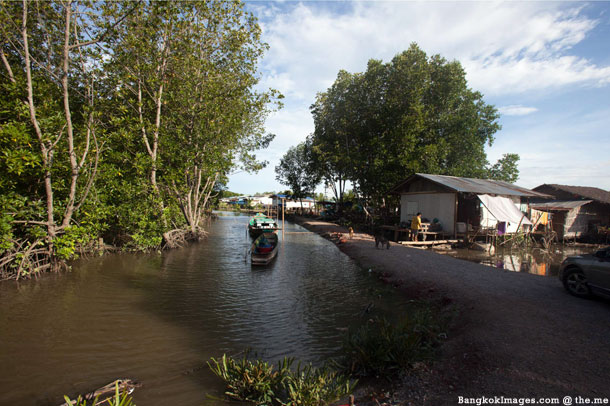
Let’s talk about controlling first. Among seasoned photographers there’s a running observation we often joke about. An old Leica camera manual had but 16 pages of fairly large print which described every control and feature of the camera and how to use them. At the very end in big block letters there is the final instruction:
Practice until you can operate the camera with your eyes closed.
And yes, they were absolutely serious. Compare that to the modern DSLR manual of several hundred pages in small print, and they recommend you carry it with you.
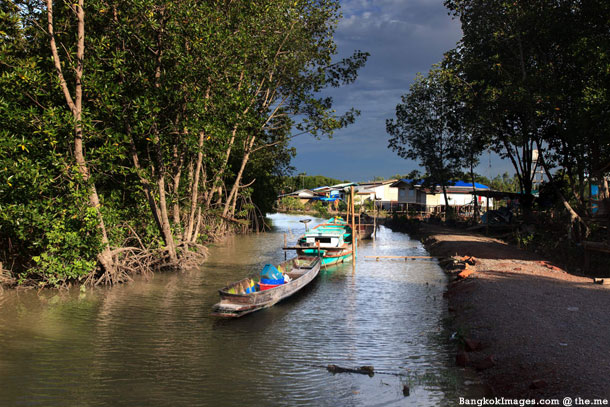
Any competent photographer should be able to at least control their basic settings (exposure mode, AF mode, AF point movement/activation, ISO, shutter speed, aperture) with the viewfinder at their eye. A good photographer will be able to control every function used in their style of photography with the camera at their eye. When experienced photographers take outings with each other, it’s well known they’re watching each other’s control of the camera and subsequently judging each other through the process. There is no denying you can the camera much faster AND track your shots at the same time ONLY by controlling your camera through the viewfinder.
If you’re reading this article and cannot yet do this, then I’d recommend putting your camera manual and camera on the table in front of you and practicing 10 to 15 minutes at a time until you can. This is a non-negotiable vital skill every experienced photographer must have. Before every shoot spend 5 to 10 minutes with the camera to your eye manipulating the controls you know you’ll be using that day.
Camera control aside, it’s probably 100 times more important to be able to ”see” through your viewfinder than control. And without a doubt it’s the single most important thing for me.
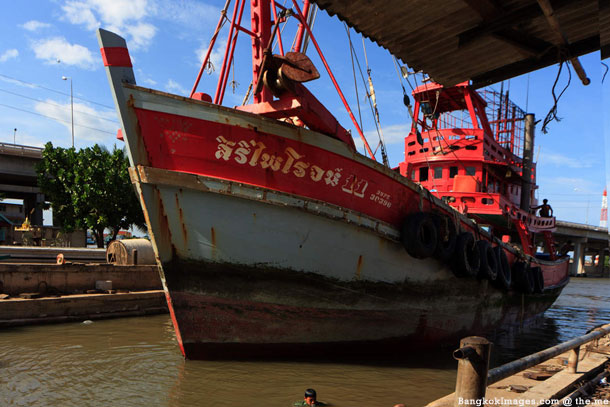
Remember, one of the most difficult things for new photographers to do is… to slow down and really “see” what’s around them. The viewfinder is there to help you see.
Viewfinders also accomplish another function seldom thought about. They isolate you from the entire scene except for the part you can see. They become like a directors loupe in that they frame your composition on all four sides allowing you to concentrate only on that portion of the skyline, the room, a church, or whatever. As you move your viewfinder, you’ll start to notice compositions you hadn’t previously considered. Isolating a portion of a scene (framing) that you will subsequently capture as an image is the entire creative purpose of the viewfinder.
With practice you’ll learn to use your eyes alone to isolate compositions, but it’s always helpful to use the viewfinder to see the composition you’re considering.
As you isolate the scene with the viewfinder, if you watch carefully, you’ll also see instances when you’re isolating the direction of the light as well.
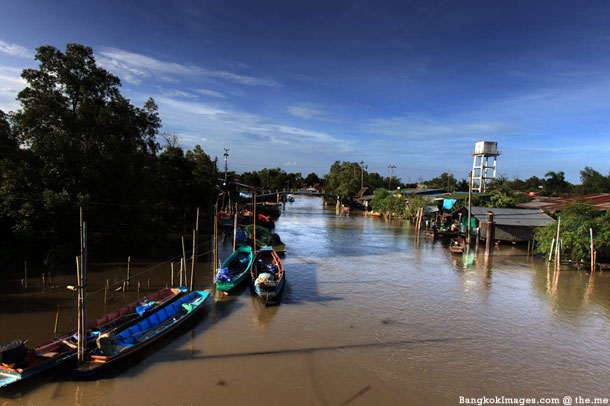
There are times when you come upon a scene, throw the camera to your eye, and then snap a picture and this works. Never underestimate shots that come upon you quickly. But if you use your viewfinder to break down an area, whether it be certain locations for street shooting, different areas in the room for portraits (where the furniture, door openings, etc. in the room work for you), and especially for landscapes… then you’re practically guaranteed to see more and better compositions. And of course, the more you practice these methods, the faster you’ll be able to accomplish them in real-time while in the field.
To summarize: Using the viewfinder to isolate the scene will allow you to see different subjects, colors, light, scenes, moods, textures and much more. Every possible compositional element comes into play including anticipated post processing and even anticipated movement within the scene.
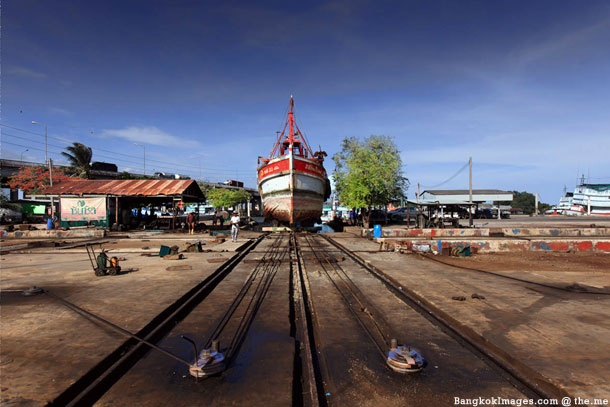
Taking the time to carefully analyze the scene through your viewfinder will allow compositions you’d otherwise never see. It’s all about practice and training yourself to see. It’s commonly called “having the eye.” But eyes can be developed and for most part they are developed. They’re developed through practice and repetition.
As you come upon a shooting location, try to arrive far enough in advance so you can sit there for a 5 to 10 minutes period studying the scene through your viewfinder. Study in an organized manner which is really material for another article. Have a mental list of the common things you’ll be looking for, but leave your mind open for the uncommon. And all the while keep track of the light going on around you, are there clouds and if so are they moving and in what direction, time of day, and whatever else affects the light in your scene.
The viewfinder is a powerful tool. Professionals are long accustomed to certain types of viewfinders and focusing screens and don’t really care for much else. A good bright viewfinder such as those found in full-frame DSLR’s are a joy to work with, while the tunnel vision like extra small versions found in crop-framed DSLR’s become irritating and slow in comparison. Once you grow accustomed to seeing certain information in certain locations in your viewfinder, nothing else will do.
A viewfinder is like a magic tool which allows you to see things others can’t. They’re either small and irritating, or large and bright. They contain vital information. With patience viewfinders will talk to you. They’ll share secrets. They’ll be the difference between an ordinary common image or a beautiful well planned landscape.
Make your viewfinder your best friend, and you won’t be sorry you did.
Addendum by THEME: Right you are Steve, practice, practice, practice! I might add that while shooting I try to see with both eyes, that’s with the right eye glued to the viewfinder — and with the free left eye. That enlarges the frame and gives better overall vision. You see what’s moving into the frame from the left, from the right. Less surprises, more control.


